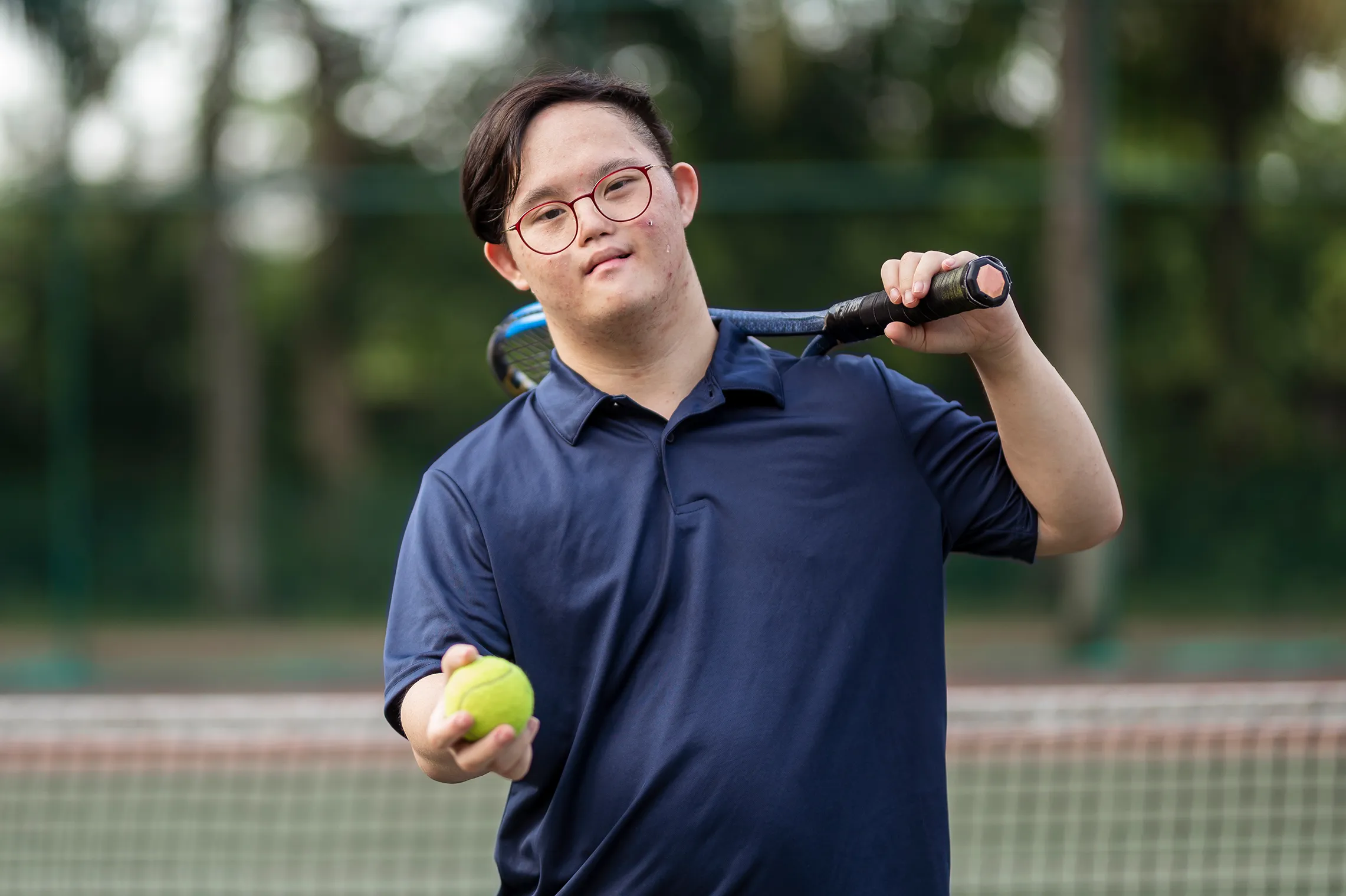
Environmental Modifications for Home Safety for the Disabled
Enhancing Home Safety Through Environmental Modifications
Creating a safe living environment is crucial for individuals with disabilities. This necessity becomes even more significant when adapting a home to cater to the varied needs of disabled family members. Environmental modifications not only enhance safety but also promote independence and improve quality of life.
Assessing Needs and Planning Modifications
The first step in modifying a home for disability safety is conducting a thorough assessment of the individual’s needs. This involves considering their physical limitations, sensory impairments, and any medical equipment they use regularly. Professional assessments can be conducted by occupational therapists or specialized home modification consultants who understand the specifics of disability-friendly design.
Key Areas of Focus for Home Modifications
Entryways and Doors
Ensuring easy access starts with the entryway. Ramps or zero-step entries are essential for wheelchair users. Doorways should be widened to at least 32 inches to accommodate wheelchairs and walkers, with lever-style door handles that are easier to use for those with limited hand strength.
Flooring and Navigation
Slip-resistant flooring is a must to prevent falls. Rugs and carpets should be securely anchored or removed. Clear pathways, free of clutter and with sufficient space for maneuvering mobility aids, are essential throughout the home.
Bathrooms
Bathrooms require critical modifications since they are high-risk areas for slips and falls. Installing grab bars, a walk-in bathtub or a roll-in shower, and a raised toilet seat can significantly enhance safety and independence. Non-slip mats and adequate lighting are also vital.
Kitchens
Kitchens should be adapted to be easily usable by individuals with disabilities. Lowering countertops and sinks, installing pull-out shelves, and ensuring that appliances are accessible can help. Touchless faucets and easy-to-use cabinet handles improve usability and independence.
Leveraging Technology for Safety
Smart home technologies can be integrated to further enhance safety and convenience for disabled individuals. Voice-controlled systems can operate lights, locks, thermostats, and other home devices, reducing the need to move physically or handle small controls. Emergency alert systems can also be installed to ensure that help is available at the push of a button.
Funding and Resources in New Jersey
In New Jersey, several programs can help families finance these essential modifications. The New Jersey Division of Disability Services offers funding programs like the Home Modification Program, which provides financial assistance for making accessibility improvements. Local non-profits and charitable organizations may also offer grants or volunteer services for home modifications.
Building a Safer Home Environment
By implementing these environmental modifications, families can create a safer, more accessible home that significantly enhances the life quality of disabled members. Regular assessments and updates to the living environment, guided by the evolving needs of the individual, are crucial for maintaining safety and comfort.
For New Jersey residents, tapping into local resources and staying informed about the latest in home modification strategies will ensure that homes are not only safe but also nurturing spaces that support independence and well-being.





